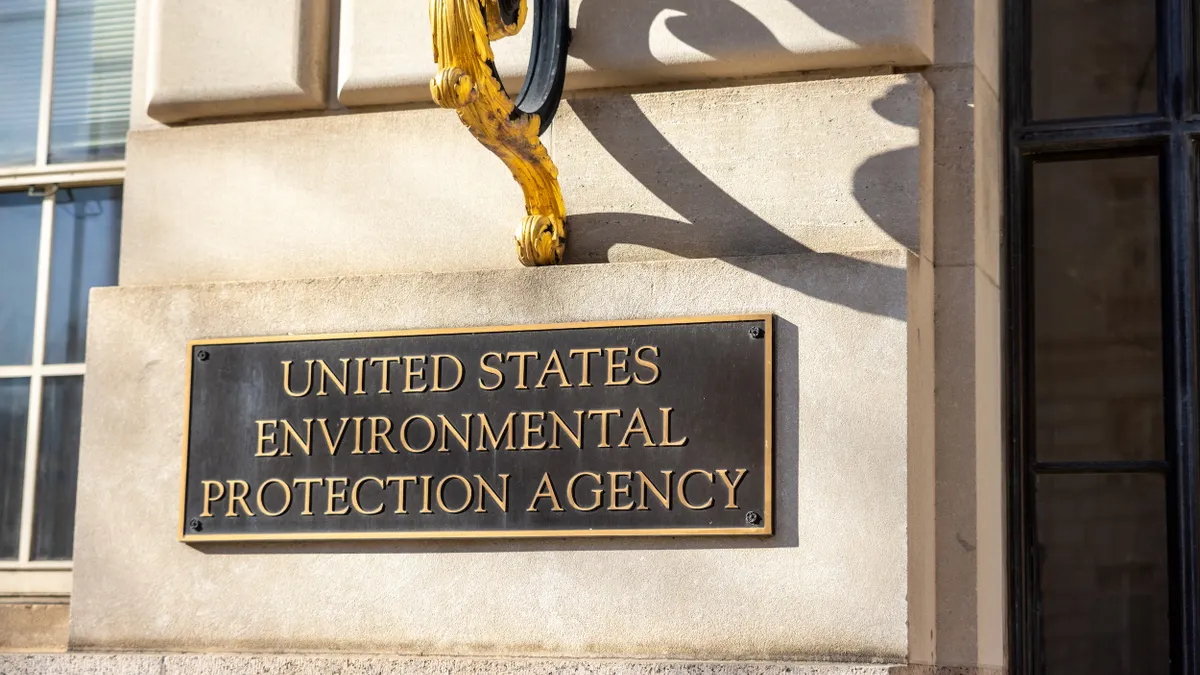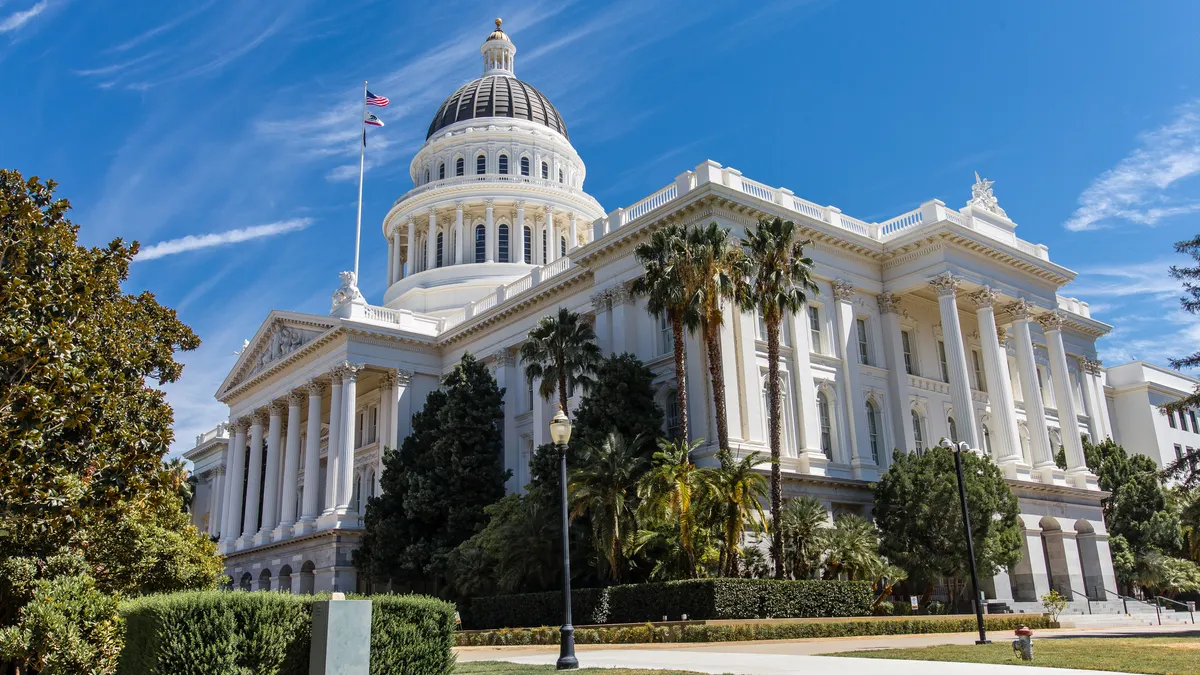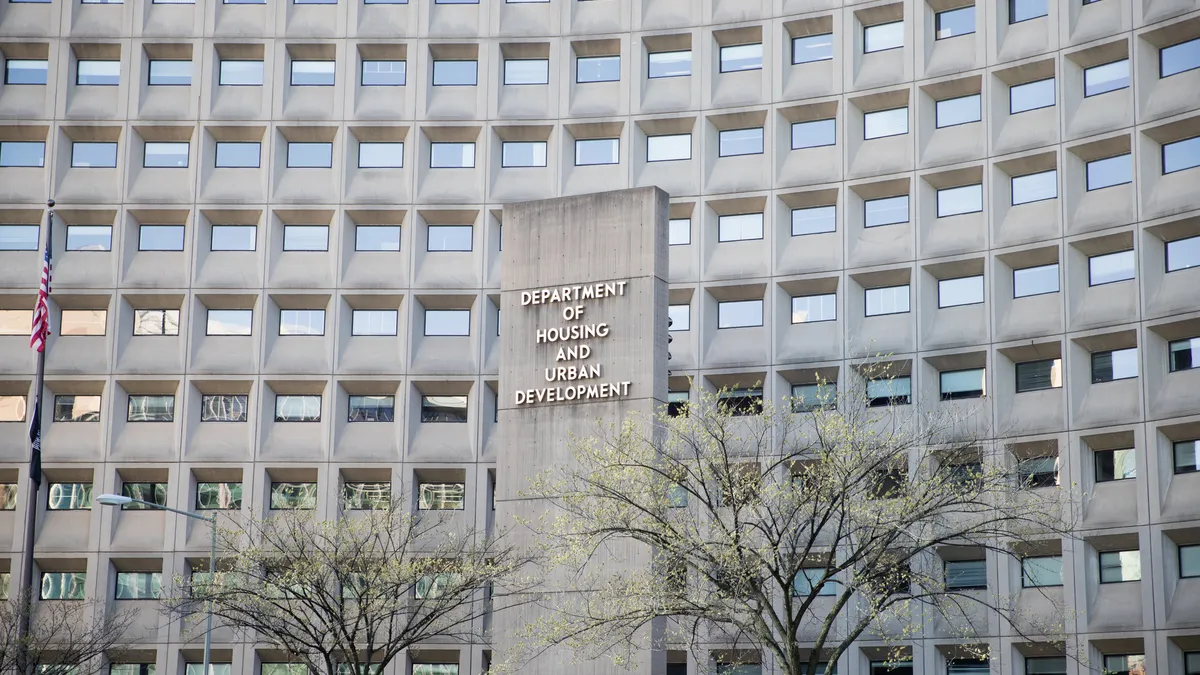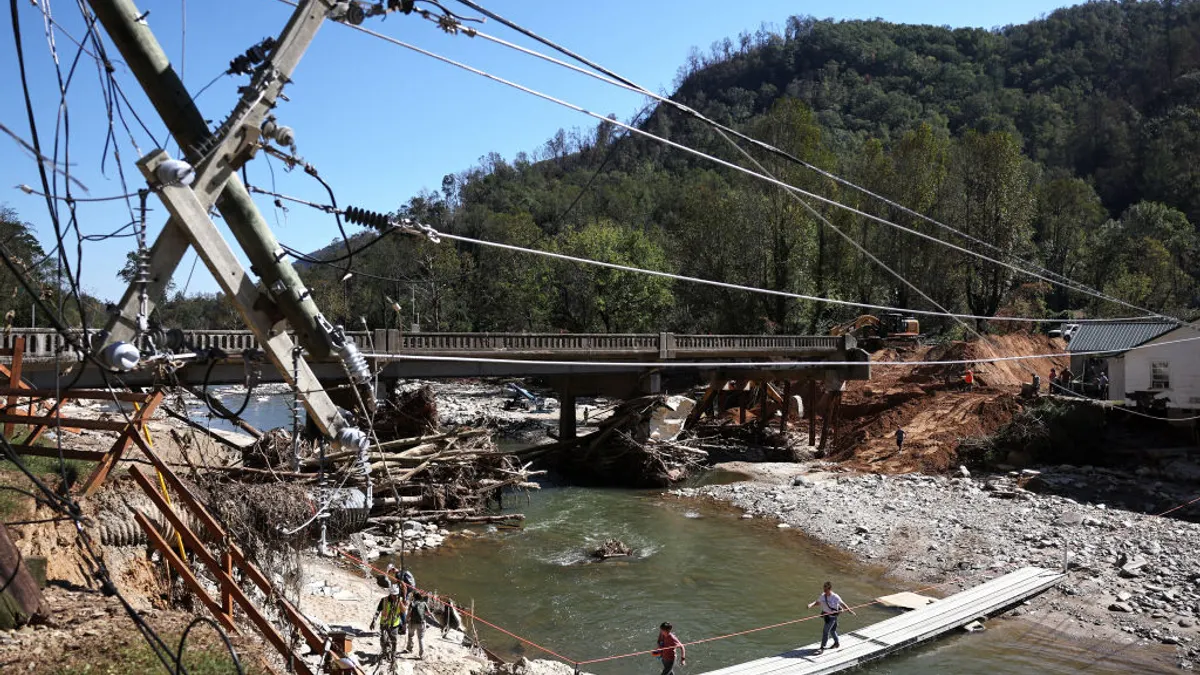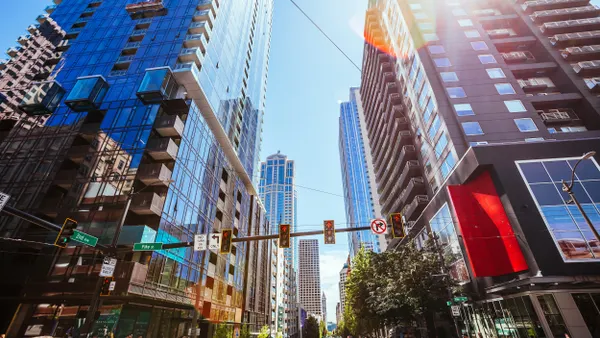Editor's Note: The following is a guest post from Maryrose Sylvester, U.S. managing director and head of electrification for ABB.
In Montgomery, AL, a network of road sensors infused with artificial intelligence (AI) is saving time, money and exhaust emissions by reducing the need for municipal repair crews to drive around inspecting streets and highways.
In Philadelphia, the local transit authority rolled out 25 all-electric buses, powered by a digitally controlled charging system, to become the biggest zero-emissions bus fleet on the East Coast.
At San Diego’s main airport, a powerful battery storage system will begin capturing energy from solar panels to provide power when the sun’s not shining, with software orchestrating the interplay of electricity between the panels, the batteries and local utility grid.
In cities like Raleigh, NC; Cleveland, OH and San Jose, CA, some commercial buildings and factories are incorporating safe, smart and sustainable electrification technologies — intelligent climate, light and security management, communication systems and electric vehicle fast chargers — to increase efficiencies and reduce impact to the grid.
All around the country the long-promised benefits of these digital technologies are taking hold, as local governments, businesses and utility companies collaborate to counter the climate change they know is having major impacts at the local level. And those of us in the technology industry have a crucial role to play.
Through software, AI and Big Data, cities are transforming the way they generate and use electricity, treat wastewater and deliver drinking water, and build the clean-energy transportation systems of the future. Such investments are key to combating climate change, but they can also save money while making cities more livable.
Cities have a crucial role in curbing climate change. That’s because cities consume more than two-thirds of the nation’s energy and account for up to 70% of U.S. global greenhouse gas emissions. In the U.S. and around the world, urbanization will only increase in coming decades.
If we can make our cities greener this will go a long way toward our national response to this global challenge. And as it turns out, many of the improvements can be achieved by something our country is already very good at: technological innovation.
Tomorrowland is today
Too often, the "smart cities" concept has been discussed as a Tomorrowland abstraction. Or it’s even derided as technology in search of a problem — as detailed in a 2019 op-ed by a civil engineering professor, who seemed to assume that smart city ideas amount to little more than metered garbage cans texting the Sanitation Department when they need emptying.
But the smartest thinking on smart cities tends to look at the bigger challenges, like climate change, where digital technologies can make a meaningful, sustainable difference.
Cities of all sizes are harnessing the data from digital networks, AI and machine learning to integrate more renewable energy sources and coax more efficiencies from the utility grid. Smart technologies are also safeguarding municipal water systems and reducing the greenhouse gas emissions from other public infrastructure like transportation and buildings.
A collaborative approach
It’s often municipal governments that take the lead on these programs. But smart city efforts typically involve public-private collaborations involving local utilities, academics, the business community and citizens’ groups. In some parts of the country, the efforts might even be regional or statewide. Virginia’s chief data officer, for example, began a survey of all cities and counties in the state as a first step toward promoting and sharing smart-city techniques and technologies.
In Southern California, a group called Cleantech San Diego coordinates activities and shares information among all cities and public agencies in San Diego County, many of which have adopted climate-action plans. Besides the airport energy storage system, showcase projects include traffic-management systems that reduce tailpipe emissions from cars idling at red lights by digitally networking traffic lights to observe the flow of vehicles and adjust the lights’ timing.
In San Diego, a government-business partnership operates an intelligent system for 14,000 street lights that use low-energy LEDs that have built-in electric meters to measure real-time energy use at each light pole. The city has reduced spending by 60% on electricity and maintenance costs, saving $2.4 million just on energy each year. What’s more, 4,200 of the light poles are being outfitted with sensors and an IoT data platform to enable municipal and citizen services including parking efficiency, pedestrian and bicycle mobility, traffic optimization, environmental awareness, public safety and emergency-response networks.
Outside of the city, in San Diego County, the digitally automated Carlsbad Desalination Plant produces 50 million gallons of drinkable water each day from the Pacific Ocean. That’s enough to serve approximately 400,000 people and is the county’s only source of water that is not dependent on rainfall or melting snowpack from the Sierra Nevada mountains — a crucial, climate-resilient consideration for the region’s increasingly dry environment.
By banding together and making smart use of data and technology, local and regional governments, businesses, and the people themselves can improve their lives even as they help save the planet. We are already seeing this happen in the U.S., and that’s why now is the right moment for those of us in America’s technology industry to lead the way in helping cities around the world to shine smarter, more efficiently and more sustainably than ever.






